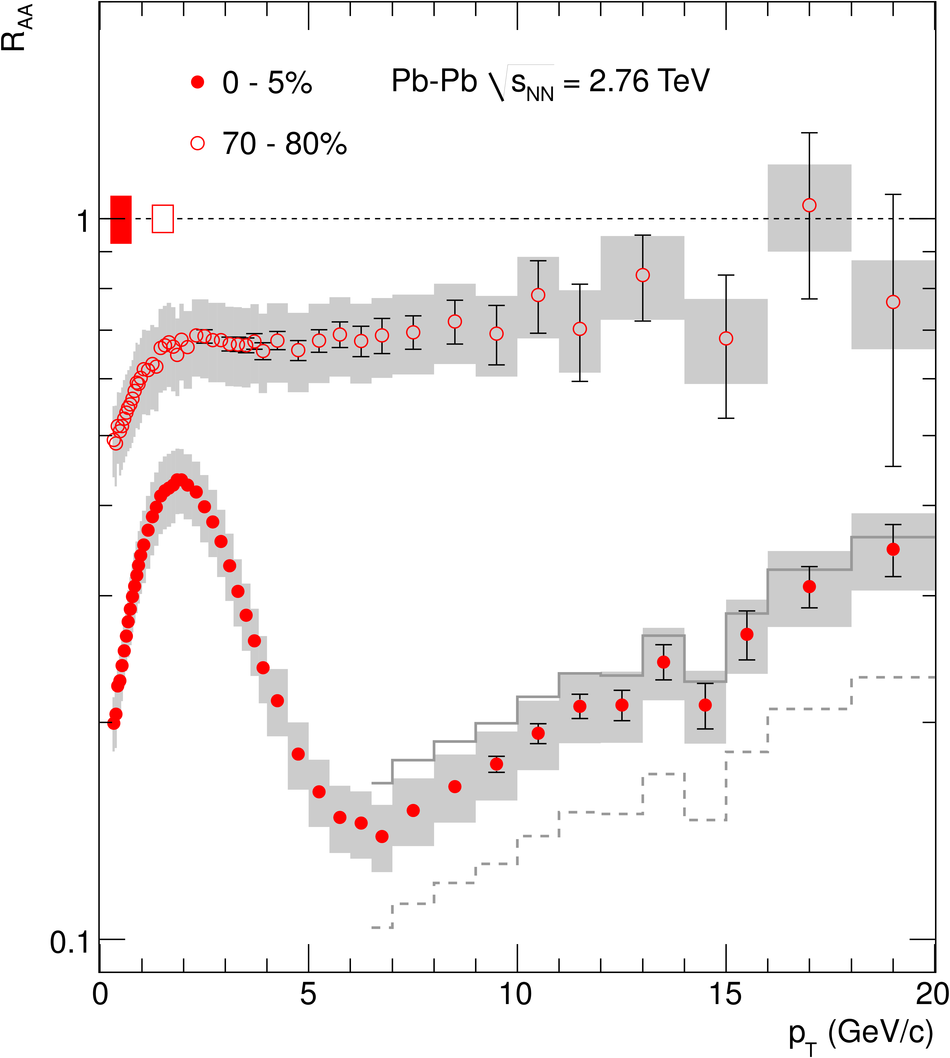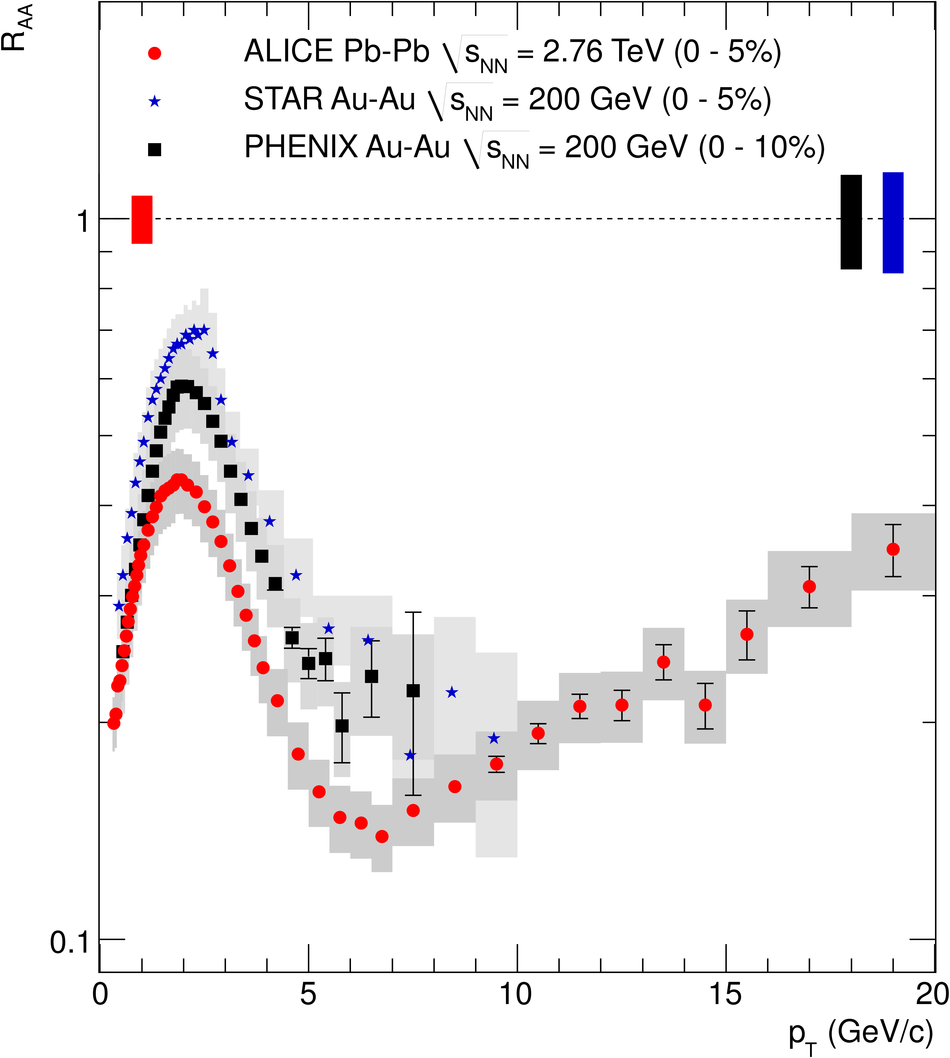Inclusive transverse momentum spectra of primary charged particles in Pb-Pb collisions at $\sqrt{s_{_{\rm NN}}}$ = 2.76 TeV have been measured by the ALICE Collaboration at the LHC. The data are presented for central and peripheral collisions, corresponding to 0-5% and 70-80% of the hadronic Pb-Pb cross section. The measured charged particle spectra in $|\eta|<~0.8$ and $0.3 <~ p_T <~ 20$ GeV/$c$ are compared to the expectation in pp collisions at the same $\sqrt{s_{\rm NN}}$, scaled by the number of underlying nucleon-nucleon collisions. The comparison is expressed in terms of the nuclear modification factor $R_{\rm AA}$. The result indicates only weak medium effects ($R_{\rm AA} \approx $ 0.7) in peripheral collisions. In central collisions, $R_{\rm AA}$ reaches a minimum of about 0.14 at $p_{\rm T}=6$-7GeV/$c$ and increases significantly at larger $p_{\rm T}$. The measured suppression of high-$p_{\rm T}$ particles is stronger than that observed at lower collision energies, indicating that a very dense medium is formed in central Pb-Pb collisions at the LHC.
Phys. Lett. B 696 (2011) 30-39
HEP Data
e-Print: arXiv:1012.1004 | PDF | inSPIRE
CERN-PH-EP-2010-066




